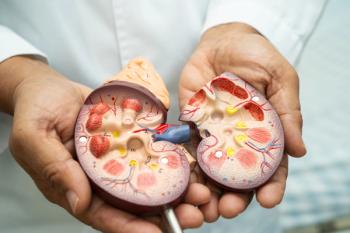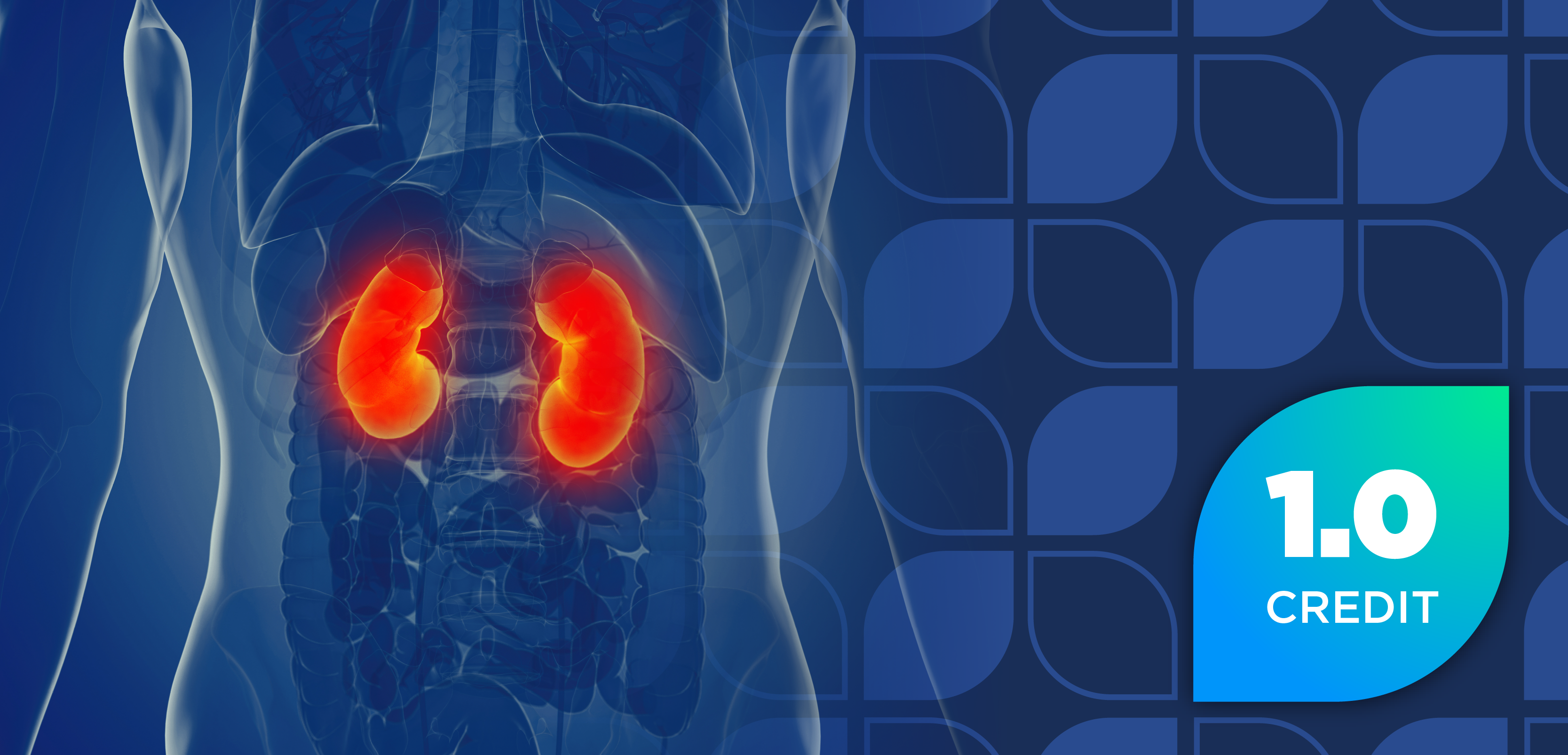
High Perilipin 2 Expression Associated With Disease Progression, Shorter Survival in Lung Adenocarcinoma
Key Takeaways
- High perilipin 2 expression in lung adenocarcinoma is linked to aggressive disease progression and shorter recurrence-free survival.
- Perilipin 2 expression correlates with poorly differentiated adenocarcinomas and increased invasion rates, indicating a poor prognosis.
New research links high perilipin 2 expression in lung adenocarcinoma to aggressive disease progression and shorter survival, highlighting potential treatment targets.
Findings from a recent study published in The American Journal of Pathology demonstrate that a high perilipin 2 expression in patients with lung adenocarcinoma could be associated with more aggressive disease progression as well as shorter recurrence-free survival times compared with low expression. The authors wrote that these findings can contribute to knowledge of lipid mechanisms that are involved during disease progression and are potential targets for lung adenocarcinoma treatment.1
Lung adenocarcinoma, a type of non–small cell lung cancer (NSCLC), is the most common primary lung cancer that has a strong association with previous smoking history. Other risk factors can include family history of lung cancer or occupational exposure to certain agents, such as silica, asbestos, radon, heavy metals, and diesel fumes; however, these are less common. Although the disease’s incidence and mortality rates have declined, according to the National Library of Medicine, it continues to be the leading cause of cancer death in the US. Typically, adenocarcinoma of the lung evolves from the mucosal glands and appears in the lung periphery. In many cases, it can be found within scarring or areas of chronic inflammation.2
Perilipin 2 expression is related to the poor prognosis of patients with various malignant tumors. For this study, the investigators evaluated the role of perilipin 2 in the regulation of lipid metabolism in the progression of lung adenocarcinoma and its potential relationship with patient prognosis.1
“We need to study the underlying mechanisms for the progression and metastasis of lung adenocarcinoma to better understand the pathologic nature of these cancers and to discover new therapeutic targets,” lead investigator Kana Miyata-Morita, PhD, department of clinical laboratory science, faculty of medical technology, Teikyo University, Tokyo, Japan, explained in a news release.3
For this study, the investigators selected 214 histologic samples from patients with lung adenocarcinoma who underwent surgical resection between 2010 and 2016 at the Teikyo University Hospital. The samples were from patients who underwent chemotherapy and/or radiation therapy prior to surgery, had recurrent tumor or distant tumor metastasis, or were diagnosed with carcinoma with an undifferentiated or sarcomatoid component were excluded.1
Among the 214 samples, 65 were perilipin 2-positive (perilipin 2+) and 149 were perilipin 2-negative (perilipin 2–). Perilipin 2 showed a granular pattern in the cytoplasm. The poorly differentiated adenocarcinomas were associated with perilipin 2+ cases; however, well- to moderately-differentiated adenocarcinomas were correlated with perilipin 2– cases, wrote the authors. Like a prior study, perilipin 2 expression was observed close to the basement membrane in cancer cells, which appears to be a characteristic histologic finding.1
Regarding pathologic characteristics, perilipin 2+ lung adenocarcinoma cases were significantly associated with poorly differentiated adenocarcinoma (both well and moderately vs poorly differentiated cases; P < .001). In addition, the frequency of predominant solid and micropapillary histologic patterns in perilipin 2+ cases was significantly higher than histologic patterns (P < .001). Of note, the frequency of blood vessel (P < .001) and pleural (P = .003) invasion was higher in perilipin 2+ cases than perilipin 2– cases, and perilipin 2+ adenocarcinoma cases were closely correlated with a high Ki-67 labeling index (P < .001), attenuation of E-cadherin (P < .001), and p53 abnormal IHC staining pattern (P = .002) compared with perilipin 2– cases.1
“Perilipin 2 is required for the maintenance of lipid droplets, which serve as an energy source driving cancer progression. These findings advance our understanding of lipid mechanisms in disease progression and will help estimate the likelihood of recurrence as well as help identify new targets to treat lung adenocarcinoma,” Miyata-Morita concluded.3
REFERENCES
1. Miyata-Morita K, Kawashima A, Kiriya M, et al. Perilipin 2 Mediates Progression of Lung Adenocarcinoma by Modulating Lipid Metabolism. Am J Pathol. 2025. doi:10.1016/j.ajpath.2025.05.016
2. Myers DJ, Wallen JM. Lung Adenocarcinoma. National Library of Medicine. Updated June 12, 2023. Accessed August 13, 2025. https://www.ncbi.nlm.nih.gov/books/NBK519578/
3. Elsevier. Research reveals a new prognostic factor for advanced lung adenocarcinoma. News release. August 5, 2025. Accessed August 13, 2025. https://www.eurekalert.org/news-releases/1093671
Newsletter
Stay informed on drug updates, treatment guidelines, and pharmacy practice trends—subscribe to Pharmacy Times for weekly clinical insights.


















































































































































































































